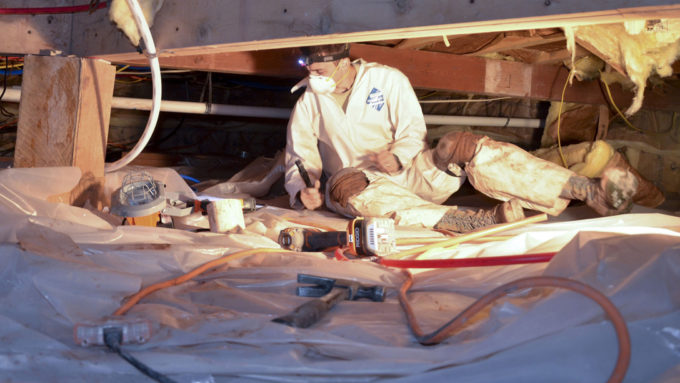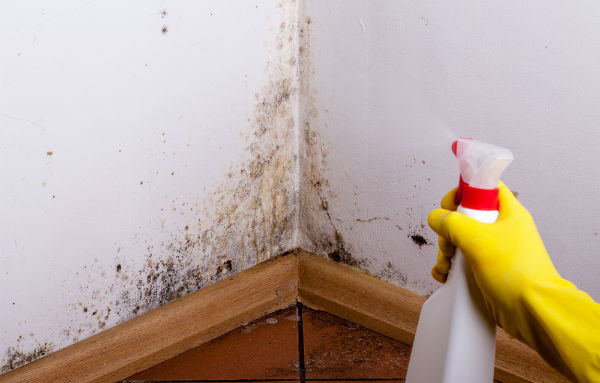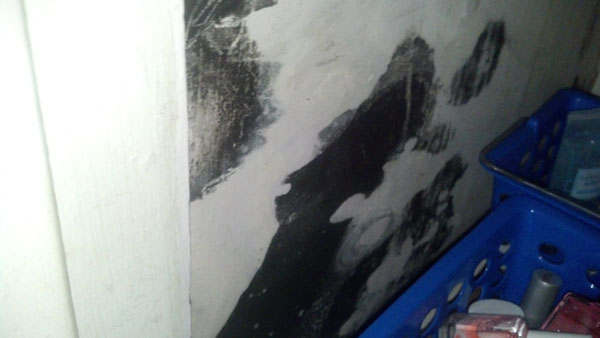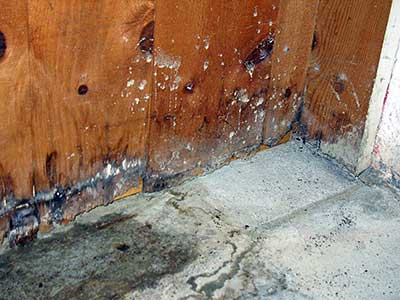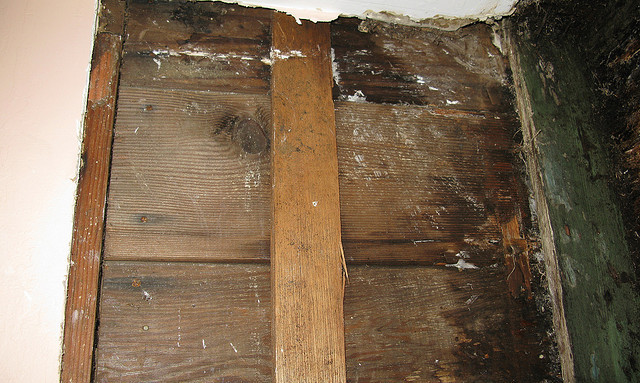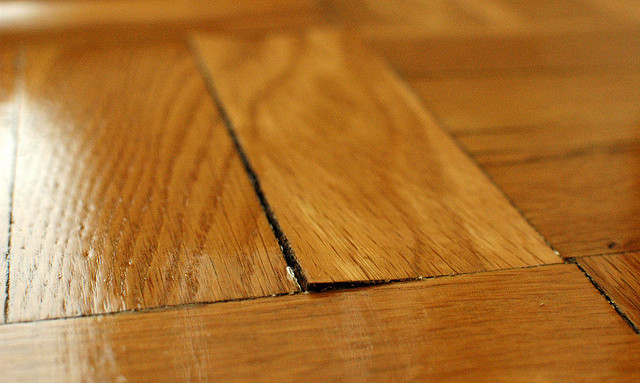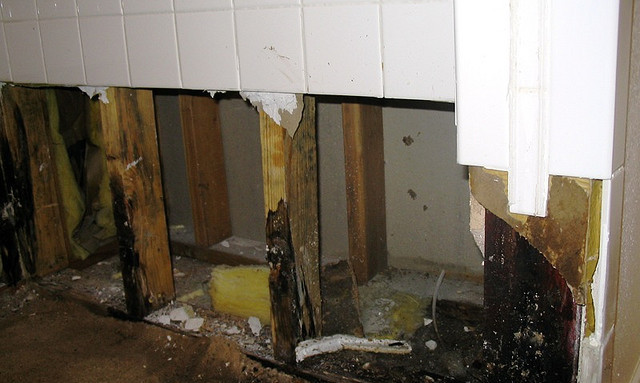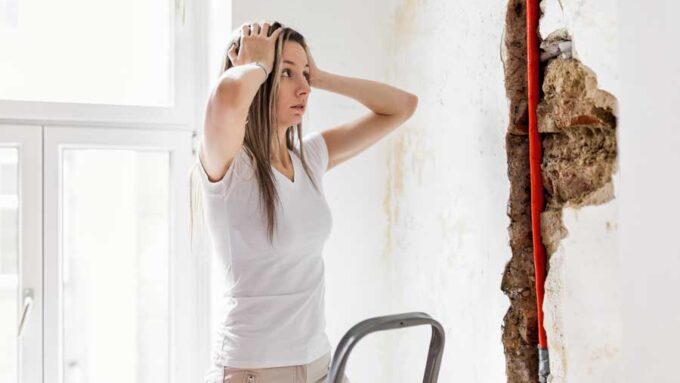Big leaks and exploding pipes are sadly common plumbing issues for many homeowners. In the winter, water freezes in the pipes and cause holes and damage to the pipes; this is where the plumber comes into play. While leaks and pipe damage can be an annoyance, there are some plumbing issues that can result in mold, declining health and noxious odors.
Experiencing sewage troubles in the home can be quite an overwhelming ordeal that many try to avoid at all costs, but sometimes things happen without any warning. There are many experienced plumbers who can assist with sewage problems. Sewage backups spread illnesses and disease and can lead to fatalities. Here are five dangers of having sewage problems in your home.
1. Spread Bacteria Raw sewage is contaminated with many different types of bacteria. When the sewage backs up inside the house inhabitants are subjected to many more dangerous things than annoying odors. They must contend with germs and bacteria that can be deadly. Sewage backups spread many different bacteria such as E.coli, Hepatitis and salmonella. These diseases carry serious side effects such as diarrhea, eye, nose and throat infections and even liver failure. Signs of bacteria infections include ulcers, stomach pain and vomiting.
2. Breeds Mold Sewage backups are the prime reason for mold and mildew buildup. Mold and pathogens can be released into the air, causing wheezing and other breathing issues. Eye pain and diseases can also result when mildew, mold and pathogens are released into the air.
3. Cross Contamination When dealing with raw sewage and sewage backups inside a residence it is best to consider cross contamination. One must properly wash and sanitize hands and all surfaces to avoid cross contamination and stop the spread of bacteria.
4. Parasite Growth Parasites such as cryptosporidium, giardia, roundworm and tapeworm are present in sewage. When sewage backs up inside the home, parasites grow and fester along with bacteria and mold. These parasites feed on the intestinal track of their hosts causing weight loss, fatigue, severe neurological damage, and also seizures.
5. Noxious Gas Methane gas is the largest component of sewer gas; made up of ammonia, hydrogen sulfide, sulfur dioxide and nitrogen oxides. When these gases are released into the air they cause dizziness, nausea, headaches and drowsiness. The inhalation of noxious gas can even be lethal if exposed for a prolong amount of time. Methane gas is also highly explosive, creating a serious danger to residents inside the home.


